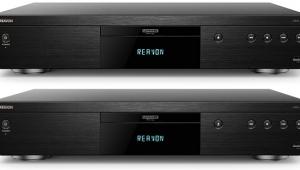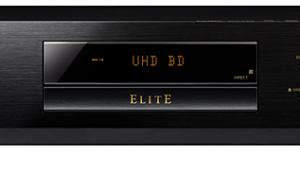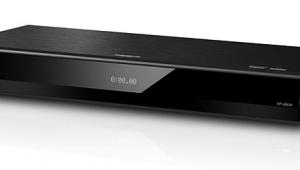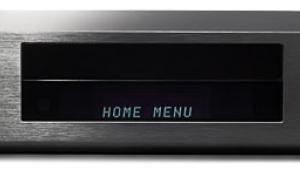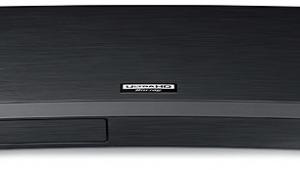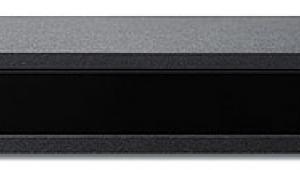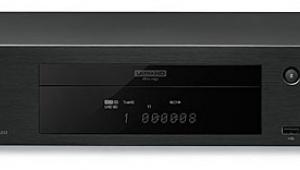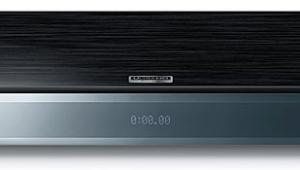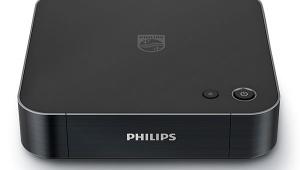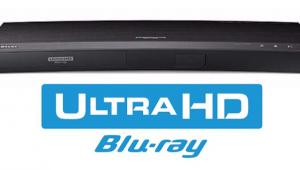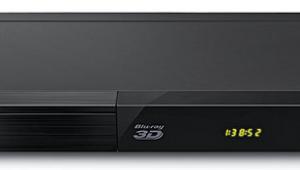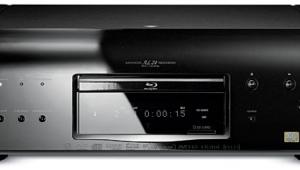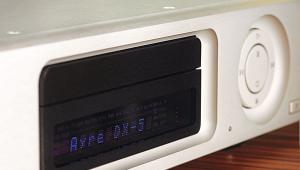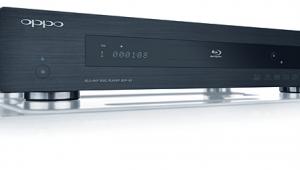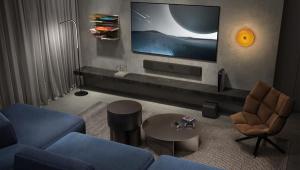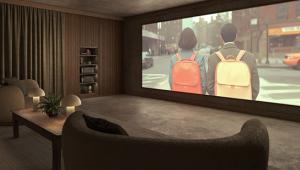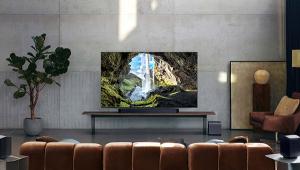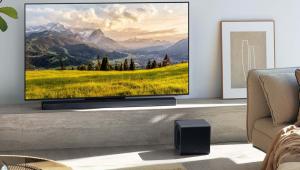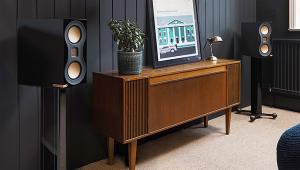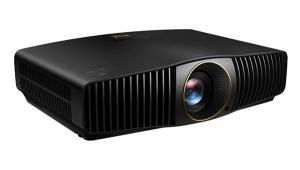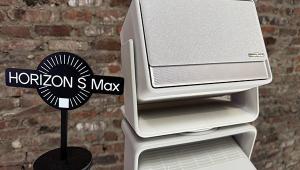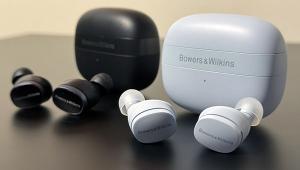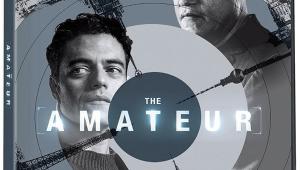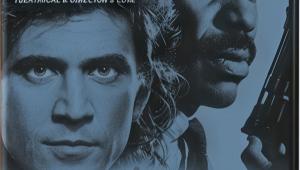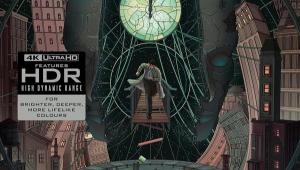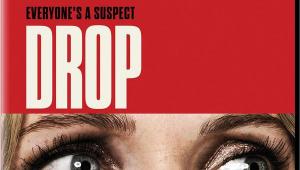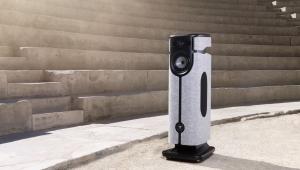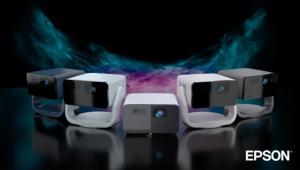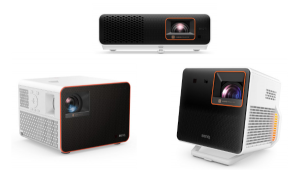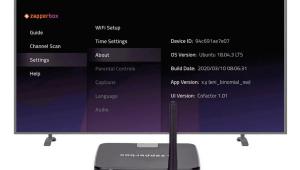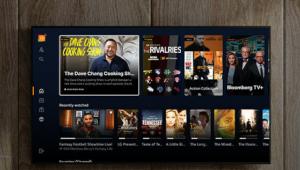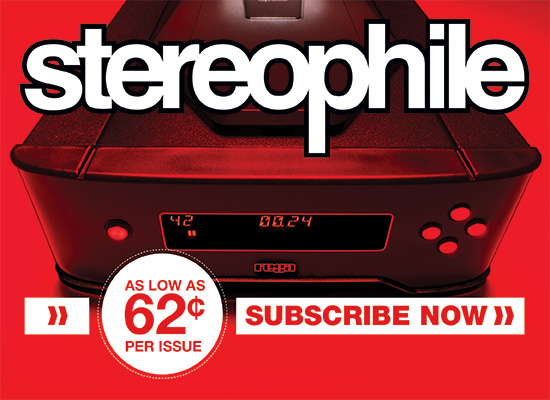Panasonic DP-UB820 Ultra HD Blu-ray Player Review Page 2
To combat these common HDR tone mapping issues, Panasonic leveraged what it learned from developing its own flat-panel displays to create a feature that it calls “HDR Optimizer.” When enabled, this feature lets you pick from an assortment of brightness presets that match your display’s capability. Presets include 1500 nits, 1000 nits, and 500 nits, which roughly align with the light output capability of high brightness LCD TVs, OLED TVs, and lower brightness projectors. Once configured, the player applies a tone map designed to match the typical brightness seen from these designs. But the UB820 doesn’t just provide a simple tone map; it also looks at the HDR metadata in the program and bases its processing on that information (including the maximum brightness of the display used for mastering and the program’s maximum pixel level).
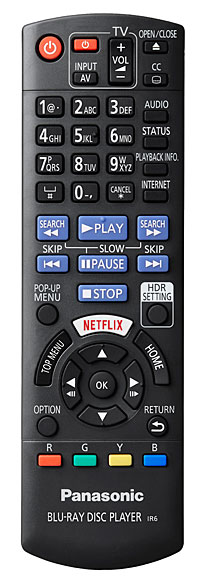 If the program’s maximum pixel level happens to be lower than the maximum display level, the tone map adjusts to the pixel level to preserve image brightness (thus eliminating the dark look that so many complain about with HDR viewing). The UB820 also provides an onscreen dynamic range slider that lets you make adjustments for richer contrast (at the expense of brightness) or a brighter average picture level (at the expense of contrast). Panasonic has even included presets that can be accessed directly from the remote control to quickly tailor overall image brightness for viewing in different environments.
If the program’s maximum pixel level happens to be lower than the maximum display level, the tone map adjusts to the pixel level to preserve image brightness (thus eliminating the dark look that so many complain about with HDR viewing). The UB820 also provides an onscreen dynamic range slider that lets you make adjustments for richer contrast (at the expense of brightness) or a brighter average picture level (at the expense of contrast). Panasonic has even included presets that can be accessed directly from the remote control to quickly tailor overall image brightness for viewing in different environments.
Performance
The UB820’s HDR adjustment features worked well, delivering exceptional tone mapping performance with all the programs I viewed. I found very little reason not to use it with both my projection system and LG C7 OLED TV. The UB820 changes the HDR signal’s metadata when you turn on the HDR Optimizer, so the signal that your display sees is different than what you’d get with the Optimizer turned off. This actually makes it hard to evaluate your set’s own performance: Some HDR displays actually use the HDR metadata to do their tone mapping, so if the player changes that, the display may be doing something different than it would have with an unaltered HDR input. I found that the HDR Optimizer did a fantastic job with nothing objectionable to note, but it will ultimately be up to the end user to evaluate how it performs in conjunction with their own display’s internal processing.
Another major perk with Panasonic's UB820 is its ability to convert HDR to SDR while still preserving UHD’s wide color gamut (BT.2020). Here’s why that’s important. Some projectors and older TVs support a wide color gamut, but not HDR, or do a very poor job with HDR processing. Panasonic’s previous UB900 player was capable of sending SDR signals with a BT.2020 color gamut if the display it was connected to reported it would accept BT.2020 but not HDR. Projector owners tried to take advantage of this capability by using inline devices like the HD Fury Integral or Linker, both of which are capable of changing the HDMI information that the player is receiving.
With the UB820, the option to send SDR signals with BT.2020 (or Rec.709) color is now available right in the setup menu, so there’s no need to use external devices. This lets you watch HDR programs tone mapped down to near-SDR levels (the default is 350 nits, which works well for projectors), so a viewer with a projector or older, non-HDR TV can still get many of HDR’s picture quality perks by simply calibrating the display to a 2.4 gamma and either Rec.709 or BT.2020 color (the player supports both).
The UB820’s very impressive tone mapping let it breeze through content I typically use to evaluate HDR display problems such as clipping, black crush, and poor overall image balance. Some of my go-to discs for this include The Revenant, Mad Max Fury Road and Deadpool. The Revenant has absolutely stunning natural-looking images featuring low light photography that many HDR projectors have a hard time dealing with. With the UB820, the HDR Optimizer’s tone mapping brought out plenty of shadow detail in the more difficult sequences while still providing an excellent balance in brighter scenes.
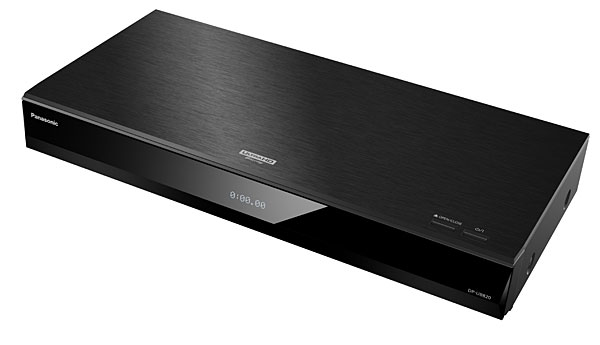
The infamous “sand storm” sequence in Mad Max Fury Road can really test a display’s tone mapping when it comes to clipping and color saturation. With the Panasonic handling the processing, however, I didn’t see any of the same issues I’ve noted with some other displays when viewing this scene.
With the player in HDR-SDR conversion mode, you also get the option to turn the HDR Optimizer on and off. This will tell the player whether or not to use the program’s HDR metadata or to default to a base 1,000 nits tone map. For the most part, leaving this feature on was the way to get the best possible picture quality with HDR programs, but there were some UHD discs like Sicario that looked better with it turned off. That’s because this title doesn’t report its 1,200-nits maximum pixel level, but only its mastering display maximum value of 4,000 nits. (The missing data causes the player to tone map to the higher brightness level, which results in a more dull and washed-out image.) This feature alone puts the UB820 at the top of my list for anyone wanting to view HDR programs with a projection system. It’s also as close to a plug-and-play solution as I can think of, and performed nearly as well as my reference video processor, the Lumagen Radiance Pro, in delivering high-quality HDR tone mapping on a lower light output display.
Conclusion
The DP-UB820 is an outstanding UHD Blu-ray player that matches the reference- level playback of Panasonic's previous UB900 but adds much-needed features to optimize HDR playback. I would have liked to have seen refinements in operability, but its overall video performance is without peer. For projector owners who want to watch HDR, the UB820 is the first must-own player to hit the market, but I’m sure it will also improve playback of 4K/HDR on the majority of other displays as well. A Top Pick for sure!
